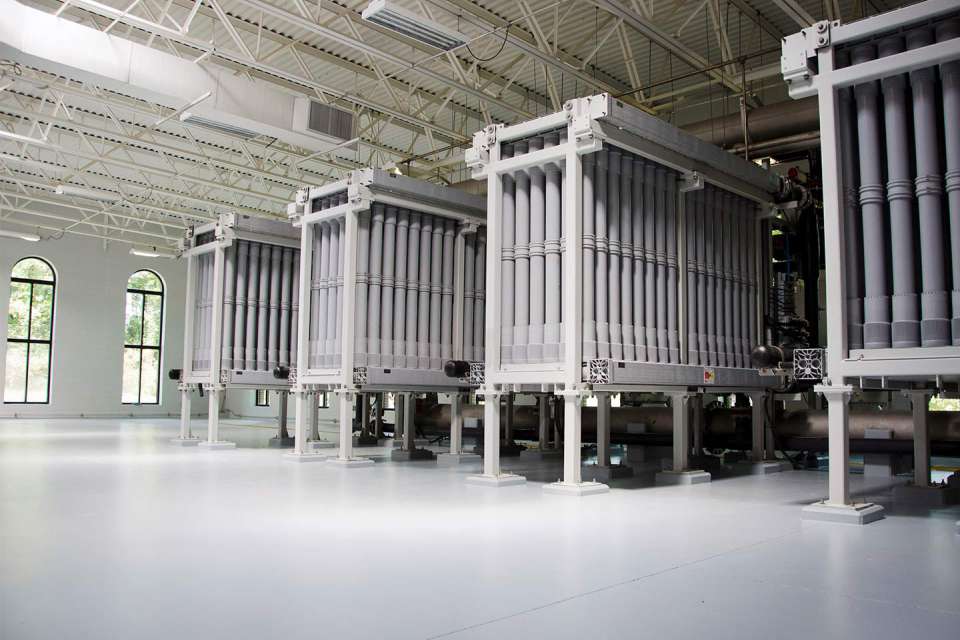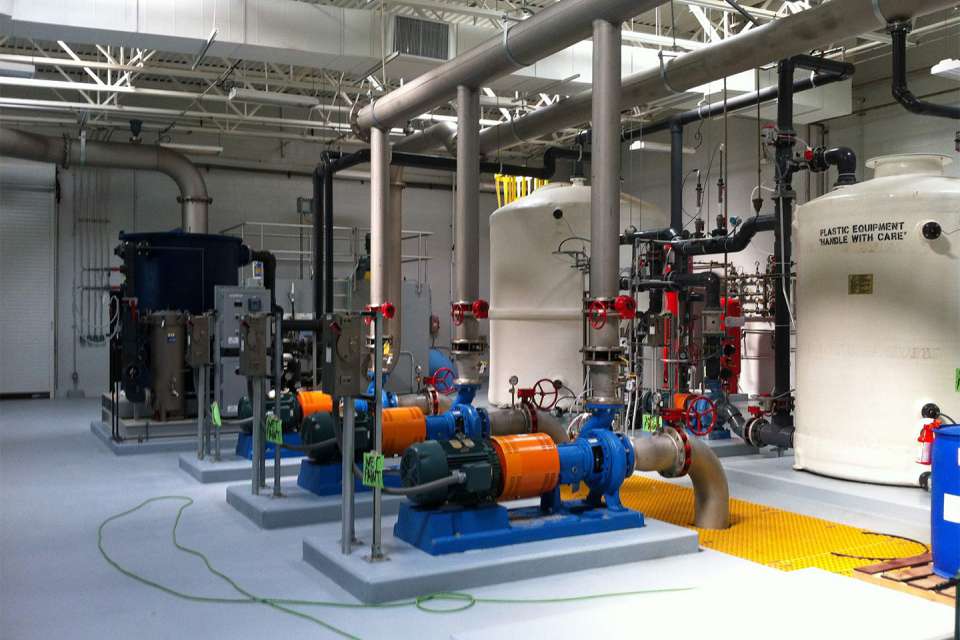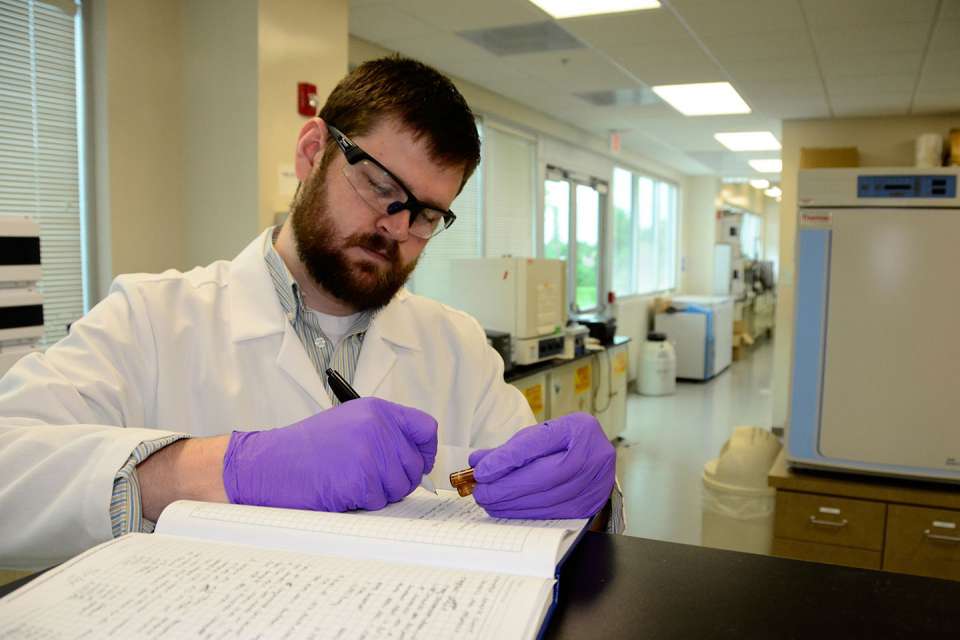Collaborative research for early nitrification detection
Many water providers employ systems that utilize chloramines to limit the concentration of disinfection byproducts in their distribution systems. An unintended consequence of chloramines is nitrifications in the systems, resulting in red water at customers' taps. The Water Research Foundation (WRF) recently selected Garver's Water Technology Team to research and develop an early detection of nitrification and assist water systems in economically minimizing negative impacts of nitrification by reducing the quantity of water wasted for distribution system flushing. Dr. Ashley Pifer will lead this research funded jointly by Dallas Water Utilities, the City of Houston, and WRF. She will work with researchers from the University of Arkansas for conducting initial laboratory experiments and will also lead field-scale evaluations at Dallas and Houston water distribution systems. Research will begin this summer and will develop new nitrification sensor packages based on fluorescence spectroscopy, an optical monitoring technology.
Additional ongoing Garver R&D efforts include membrane research to develop a model predicting the removal of chemicals of emerging concern originating from everyday use of pharmaceuticals and endocrine disrupting compounds (EDC), UV disinfection and advanced oxidation of wastewater pharmaceuticals and EDCs for water reuse applications, and development of computerized screening tools to compare costs associated with potable reuse versus traditional supplies. Dr. Steve Jones, Garver's Water Services director and membrane technologist, is leading the membrane research, while Dr. Mike Watts, our AOP technologist, is leading the UV/AOP research and Dr. Evan Tromble, our hydraulic modeling technologist, is leading the development of the screening tool. Garver's research is at work to enhance the future of the water industry.











Share this article